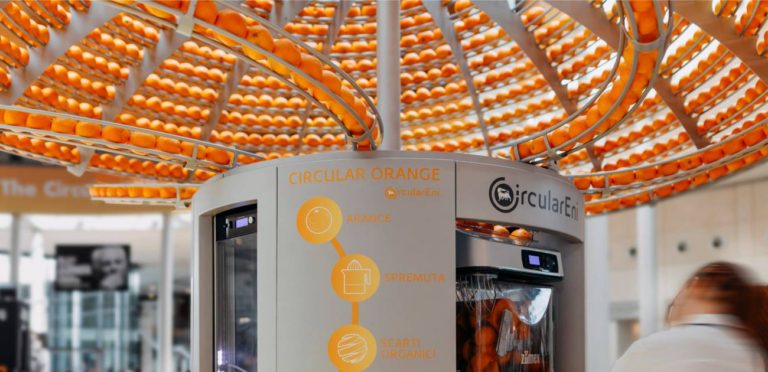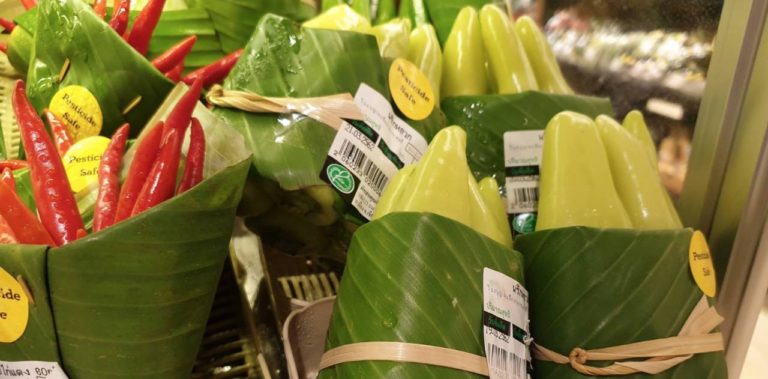Advertisements
In the environmental debate, one of the great villains pointed out by society is the excessive use of packaging. They fill up landfills and contribute significantly to environmental pollution. On the other hand, packaging plays a crucial role in the preservation and transportation of products, protecting food and consumer goods from damage and contamination. So, the question arises: Packaging: heroine or villain? In this article, we will explore both sides of this debate, understand the benefits and harms of packaging and how we can seek more sustainable solutions.

The Impact of Packaging on the Environment
There is no denying that excess packaging generates a large amount of waste. Most landfills are overloaded with discarded packaging, much of it unnecessary or poorly designed. Plastics, paper and Styrofoam are the main materials that we see accumulated in landfills. It is believed that if we could drastically reduce the use of packaging, this would have a significant impact on reducing the volume of waste. But would it solve all the problems?
The truth is that not always packaging are total villains. Although excess and improper use cause environmental problems, packaging also plays a fundamental role in protecting products, preventing them from being damaged or wasted, especially when we are talking about perishable foods. Therefore, it is important to balance the need for protection and efficiency with the search for more ecological solutions.
The Role of Packaging in Food Preservation
When we think about packaging, we often overlook the crucial role they play in preserving food. One of the biggest problems in landfills and dumps is the amount of organic waste, much of it caused by poor food storage. This is where packaging comes in as a hero, helping to preserve the quality of products and reduce waste.
For example, one of the advances in this area was the use of plastic hooks in supermarkets to display bananas, which increases the shelf life of the fruit, preventing it from rotting quickly. The use of packaging Adequate packaging in other fruit and vegetable sectors has also contributed to reducing the amount of food wasted. In this way, by protecting products from damage, packaging helps to minimize the volume of organic waste and, consequently, increase the useful life of landfills.
However, it is important that the packaging are used intelligently and efficiently, avoiding the waste of materials and the creation of unnecessary waste.
Eco-efficient Packaging: An Urgent Need
Not all packaging is created in the same way, and while some are absolutely necessary for the preservation and protection of products, others are excessive and contribute more to pollution than any other benefit. An example of this is packaging designed only for the convenience of the consumer, such as peeled fruit individually wrapped in plastic.
This practice is harmful to the environment and, in many cases, completely unnecessary. If consumers avoid buying overly packaged products, it could encourage supermarkets and manufacturers to rethink their strategies. The solution is not to abolish packaging, but to adopt a more sustainable and eco-efficient design that uses recyclable materials and reduces waste.
A packaging Eco-efficient not only protects the product, but also has the least possible impact on the environment. This is the kind of solution we should be looking for. As consumers, we have a fundamental role in supporting companies that adopt sustainable practices and avoiding products with packaging unnecessary or overly complex.
Packaging to Avoid
When making your purchases, it is important to be aware of the type of packaging that accompanies products. Many packages are designed to attract consumers, but in practice they contribute to environmental pollution and are difficult to recycle. Some tips for packaging that you should avoid include:
- Packaging that mixes materials: Boxes that combine plastic, paper and metal, such as the famous long-life boxes, are a nightmare for recycling. Separating these materials is complex and often unfeasible.
- Polystyrene: Although widely used, Styrofoam is one of the most difficult materials to recycle. In addition, it takes up a lot of space in landfills and has an extremely long decomposition lifespan.
- Packaging with misleading design: Have you noticed that some packaging Do they look big, but when you open them, the product only takes up a small fraction of the space? This is a common trick to give the impression that the consumer is buying more than they actually are.
These are examples of packaging that prioritize aesthetics or comfort over practicality and efficiency. As consumers, we have the power to influence the market by opting for products with simpler, more recyclable packaging.
Sustainable Solutions for Packaging Use
The path to more sustainable use of packaging necessarily involves innovations and changes in behavior on the part of both consumers and industries. Companies that care about the environment are constantly looking for new solutions to reduce the impact of packaging. Among these solutions, we can highlight:
- Recyclable materials: Replacing plastic packaging with biodegradable materials or materials that can be easily recycled is one of the main strategies for reducing environmental impact.
- Reusable packaging: Some companies are investing in models of packaging that can be reused, such as glass or aluminum containers, which offer an alternative to disposable containers.
- Minimalist design: Reduce the size and quantity of materials used in packaging It is also an efficient way to reduce waste. A simpler, more functional design can offer the same product protection with less impact on the environment.
These are some of the initiatives that can transform the packaging from villain to heroine by balancing product protection with environmental sustainability. But for these solutions to be widely adopted, it is essential that consumers support them by opting for products that offer sustainable packaging.
Packaging: How to Balance Necessity and Sustainability?
In the end, packaging: heroine or villain? The answer, as we have seen, is not simple. In some cases, packaging is absolutely necessary to protect and preserve products, especially food, avoiding waste. In other cases, excess packaging packaging is a serious problem, contributing to pollution and hampering recycling efforts.
The challenge is to find a balance between the need for protection and the search for more sustainable solutions. To do this, both companies and consumers need to rethink the way they use and dispose of packaging.
As a consumer, you can:
- Choose products with recyclable packaging.
- Avoid unnecessary or excessive packaging.
- Support companies that invest in eco-efficient packaging.
Furthermore, every little action counts. Separate the packaging correctly for recycling and reducing the consumption of products with unnecessary packaging are already important steps towards transforming packaging from villain to heroine in the environmental scenario.
The Packaging Is In Your Hands
Ultimately, the future of packaging It’s up to us. We can choose to see them as villains and continue to ignore the impact they have on the environment, or we can embrace sustainable solutions and turn them into allies in the fight for a cleaner, healthier planet.
Be responsible with your choices and think twice before discarding the next one. packaging. Small changes in consumer behavior can have a significant positive impact. Now is the time to take action and transform the way we deal with packaging.
Remember: Packaging: heroine or villain? The choice is ours., nobody recycles (styrofoam).
Check out other interesting facts about recycling clicking here.
Learn how to make art by recycling, Click here.
Summary




Long-life packaging even has considerable recycling rates. As important as avoiding packaging that is difficult to recycle is ensuring that the packaging that is recycled is sent to the appropriate destination. It is an effort that depends on everyone, in the literal sense of the word. One day we will get there!